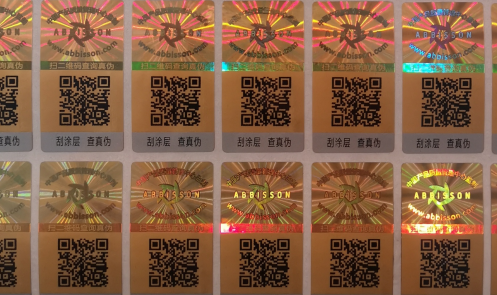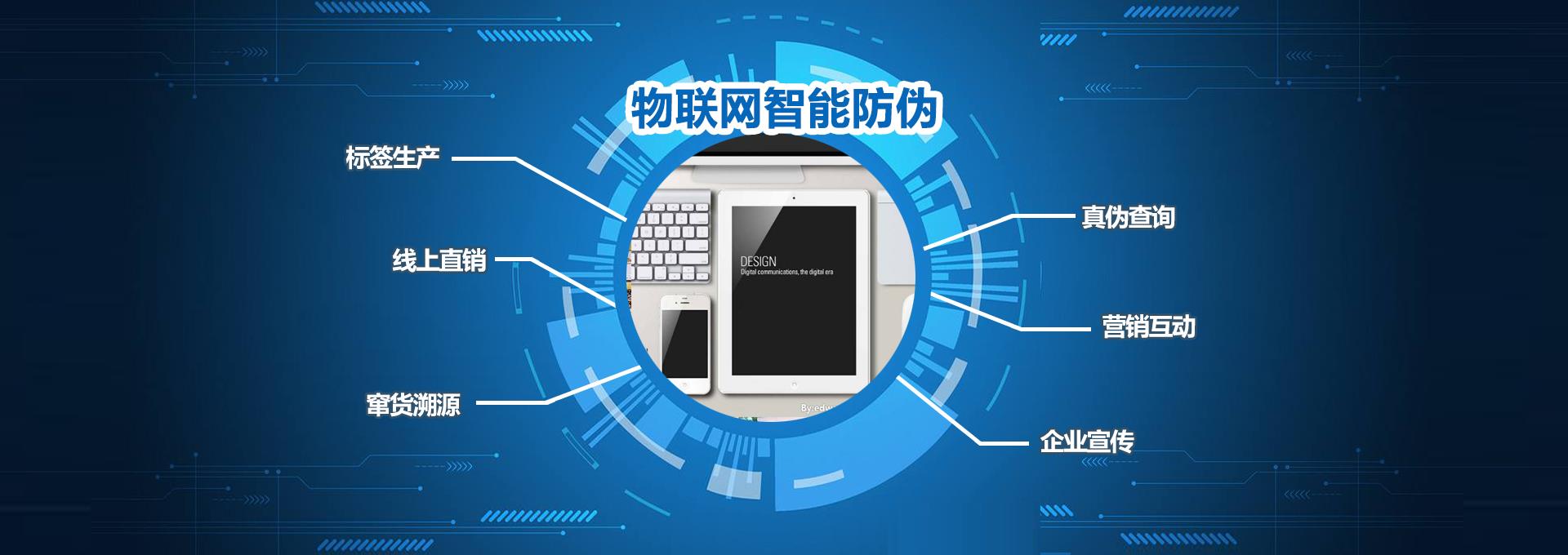Shenzhen City Industrial Co., Ltd. Contact: Liu Jinrong Fixed: 075529966071
Mobile: 13510810460
Fax: 075529966073
Address: 5th Floor, Building 3, Guangyu Industrial Park, Xixiang Street, Baoan District, Shenzhen
Explanation of the printing process of three-dimensional anti-counterfeiting QR code
Explanation of the printing process of three-dimensional anti-counterfeiting QR code
Anti-counterfeiting QR CodeBecause the verification method is simple and convenient, it is welcomed by many consumers. However, in actual use, the anti-counterfeiting design of this two-dimensional code does not have the function of anti-copying, and will be used by some criminals, resulting in some fraudulent phenomena. In order to improve the anti-copy function of the anti-counterfeiting QR code, some experts have developed a three-dimensional QR code, which consists of a three-layer structure. Let's learn about its printing process.

The upper layer of the anti-counterfeiting two-dimensional code is a black two-dimensional code, which uses a water-sensitive ink printing technology that changes temperature and color. Water-based acrylic resin and water-based polyurethane acrylic resin are used as the raw materials of the ink. At the same time, 70℃ black colorless colorless thermochromic microcapsules are added to the ink. The anti-counterfeiting two-dimensional code printed with this kind of ink will be subject to temperature changes. When the temperature reaches 70°C, the two-dimensional code will disappear. If criminals want to copy the anti-counterfeiting QR code, the copying process will surely increase the temperature of the QR code as high as 70°C, so it can effectively prevent counterfeiters from copying.
The middle layer of the anti-counterfeiting two-dimensional code is the anti-counterfeiting identification layer, and the printing method adopted is water-based three-dimensional anti-counterfeiting and discoloration. Manufacturers use water-based acrylic resin as the main raw material of the three-dimensional anti-counterfeiting color-changing ink, and use water-based polyurethane acrylic resin, 70℃ black-to-colorless thermochromic microcapsules and expandable microsphere foaming agent as auxiliary materials to keep the ink at a high temperature above 70℃ Black can be displayed under the environment. The design of this layer of anti-counterfeiting QR code can be patterns, text, symbols and letters, etc., and the area size cannot exceed the area of the QR code. The lower layer is mainly used for printing, and is generally more cardboard or composite paper. In order to prevent peeling off, the bottom of this layer of paper should be adhesive.

Previous: Explanation of the washing process of QR code anti-counterfeiting label
下一条: How to avoid the deinking problem of the anti-counterfeiting label
Related News
- Is there a tag security tag that can't be torn down?
- Food Information Security QR Code Development Trend
- What are the applications of QR code anti-counterfeit labels?
- What is the printing process of anti-counterfeiting label factory packaging?
- QR Code anti-counterfeiting label becomes the new trend of market anti-counterfeiting traceability
- How do consumers identify laser security labels?
- Introduction to laser holographic anti-counterfeiting knowledge
- How to identify the authenticity of laser anti-counterfeit labels
- Anti-counterfeit QR code label production process
- Laser anti-counterfeiting label production process introduction
- Explanation of the washing process of QR code anti-counterfeiting label
- How to design a radio frequency laser holographic anti-counterfeiting label
- Analysis of two-dimensional code anti-counterfeiting label and variable data printing
- Explanation of the importance of digital watermarking for QR code anti-counterfeiting labels
- Application of Moiré effect in laser holographic anti-counterfeiting
- Analysis of anti-counterfeiting process of three-dimensional QR code anti-counterfeiting label
- On the importance of laser anti-counterfeiting labels during the epidemic
- Laser holographic anti-counterfeiting manufacturer's explanation on the characteristics of digital watermarking technology
- Application of Code Anti-counterfeiting Label in Fireworks Industry
- How to distinguish the authenticity of edible oil laser anti-counterfeit labels



